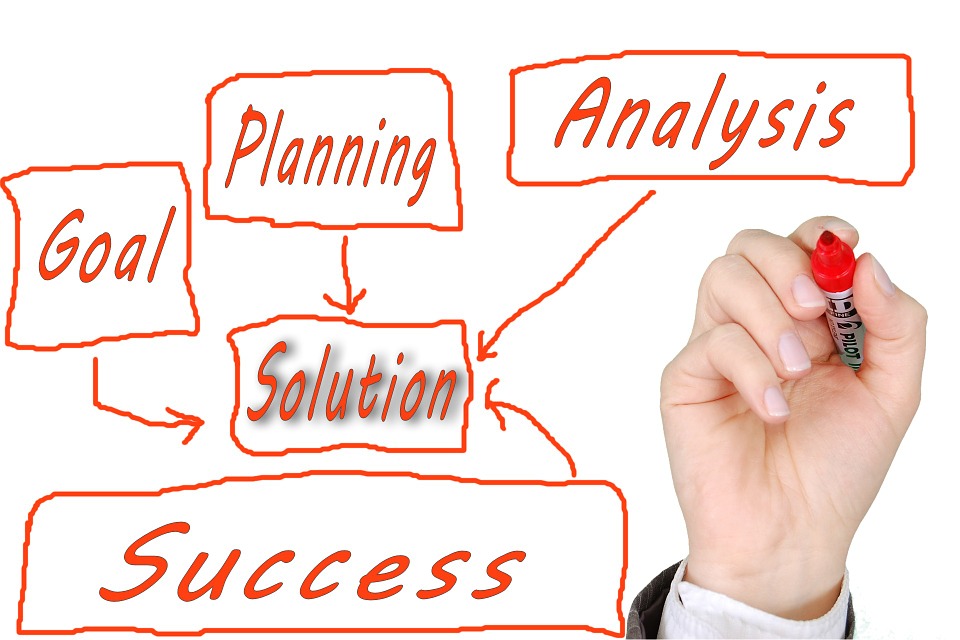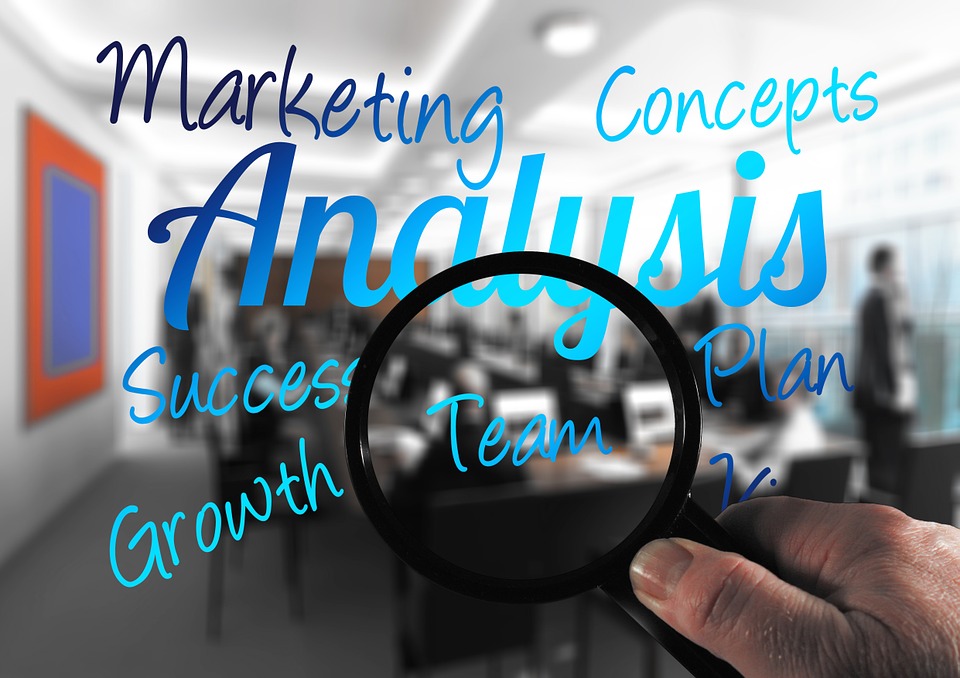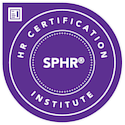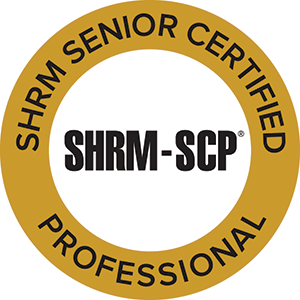It’s hard to believe, but Summer, 2022 is nearly over and Q4 is fast approaching. This is a great time to do some serious thinking about the past year (reflection) and what you need to do to prepare for 2023 (planning). It’s also a good time to dig out your checklist of the various HR items that need to be completed before year end. I’ve included a sample list at the end of this article to get you started.
Set aside some time to think about what worked and what didn’t work for your organization in 2022. This will help inform the changes you need to make for 2023. You may want to do this with your leadership team and/or some key employees.
Here are some areas to discuss as you reflect:
- What went well? What didn’t go well? Consider budget, hiring, retention, employee engagement, customer acquisition/retention/relationships, adapting to the new (COVID) work environment, infrastructure, brand recognition, etc.
- Did we achieve our goals (or are we on the way to achieving our goals)? If not, why not?
- Do we have the skills sets we need – the right people in the right jobs?
- Do we have leaders/potentials who are prepared to lead us into the future?
Add to this list other areas of discussion that are specific to your business or situation.
Something else to consider as you reflect on where you are as an organization is conducting a SWOT analysis. This will help you identify trends both inside your company as well as in your industry.
Once you’ve established a clear picture of the past year and have identified areas that need improvement or modification, it’s time to start planning. Your planning should begin with forecasting what your workforce needs to look like in 2023 and beyond so you can create a talent management strategy around your needs.
There are two sides to workforce planning – the operational side and the strategic side. The operational side includes considerations such as your labor budget, work schedules and hours, distributing talent among divisions and departments, identifying functions no longer needed, and reassigning workers. The more strategic side involves identifying skill sets needed as the company grows and changes, re-assessing the needs of the department and company as employees leave, and defining, and in some cases retooling, the recruitment strategy for future workforce needs. Be sure that you develop comprehensive job descriptions for future jobs and update current job descriptions.
Thoughtful planning is always important, but more so during an environment of economic uncertainty. Having a clear picture of where you are and where you want to go will help you prioritize, especially when hiring for new positions and considering replacements.
Year-End HR Checklist
And before year end don’t forget to address the items on this list and any other items relative to your particular business that aren’t included here.
- Order any updated Federal and State Labor Law Posters
- Review your Employee Handbook to identify any changes needed based on new laws, policies and/or procedures
- Review and update employee addresses in preparation for W-2 distribution
- Review and update job descriptions
- Finalize the HR Budget for 2023
- Finalize focal process for 2023
- Finalize company goals
- Determine dates of company holidays for 2023
- Finalize and announce any new benefits/employee perks for 2023
- Renew any annual memberships and subscriptions
- Schedule annual reviews with employees
- Deal with any lingering employee relations issues
If you need help with workforce planning or addressing any of the items on this checklist, please reach out to me at michelle@connecttohr.com












